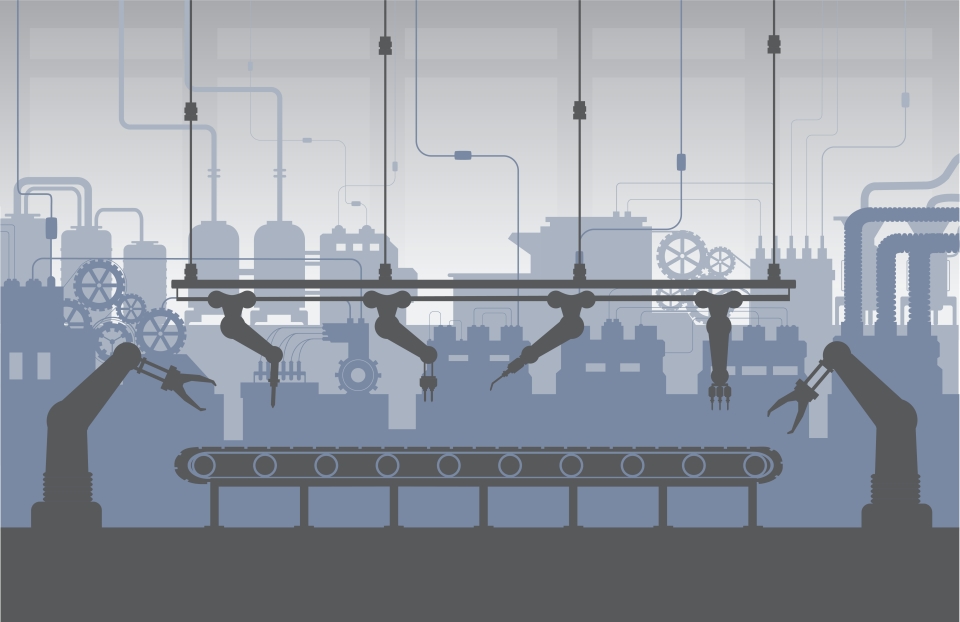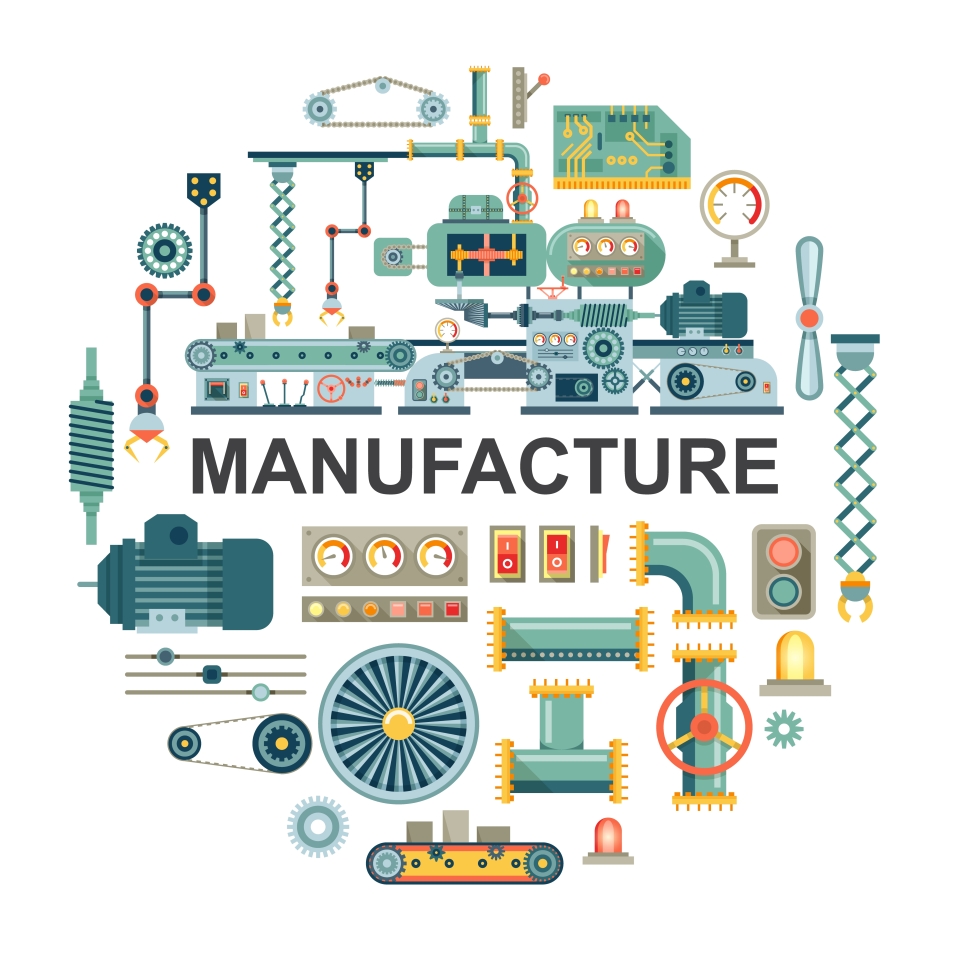Taiwan’s machinery export demand sees growth amid evolving global events in 2022 H1
2022/09/05 | By CENS
According to the Taiwan Association of Machinery Industry’s (TAMI) statistics, the machinery exports performed admirably well despite the evolving global geopolitical situations. Overall, machinery export trends showed that demand exists; however, the issue remains whether the suppliers can deliver products to customers on time due to supply chain constraints, rising prices, and difficulties in obtaining materials and parts.
Taiwan’s machinery exports made around USD$3.381 billion in value in July, making it the highest monthly performance on record. In New Taiwan dollars, July’s numbers also represent machinery exports’ first time to exceed a hundred billion. Based on this single-month performance, TAMI expects Taiwan’s yearly export growth to be 10% to 15%.
In June, machinery exports were valued at USD$3.079 billion, an increase of 16.5% from the USD$2.643 billion exports of the previous year; in New Taiwan dollars, that would be NTD$90.977 billion, an increase of 24.1% over the same period of the previous year. The value of machinery exports from January to June was marked at USD$17.755 billion, an increase of 12.7% over the same period of the previous year, and would mean NTD$508,106 million, an increase of 14.4% YoY growth. The top three export value of machinery from January to June: electronic equipment (USD$2.520 billion / accounting for 14.2% / 6.6% increase over the same period last year), testing equipment (USD$2.334 billion / accounting for 13.1% / 9.2% YoY growth), and at third, machine tools (USD$1.45 billion / accounting for 8.2% / 14.0% YoY growth).

California-based supply chain resilience firm Resilinc’s latest report showed that supply chain disruptions have been up 46% year-over-year, with factory fires at the top of the five biggest disruptive events in the first half of 2022. The next four are the following: mergers and acquisitions, business sales, leadership transitions, and factory disruptions. Just-in-time production relies on stable environments and smooth passage of items throughout the system, yet the recent disruptive events have reintroduced instability into the supply chain. In addition, accidents at the factories, such as factory fires, show a shortage of skilled labor, regulation enforcement, and process execution gaps. Low staffing levels could mean deferred routine maintenance, and the lack of training would mean a discrepancy of knowledgeable workers to operate the technology used in factory and warehouse automation, both factors that would exacerbate the supply chain issues.
Other countries, more significantly Taiwan’s major export destination countries, are beginning to show decreased demand in the short term. For instance, Taiwan’s third largest trading partner for machinery exports between January and June, Japan (USD$1.061 billion/accounting for 6.0% of Taiwan machinery exports), reported a decrease of 5.6% for core machinery orders in May alone. May is often considered a benchmark forecast month for demand in the following six to nine months, and the order performance in May was the first of its kind in the past three months.
Many factors are contributing to the struggling demand, and among them are the persistent shortage of chips and parts and importing energy and materials under inflated prices. A domestic Taiwanese media reporting on the market situation in Japan quoted a Japanese machinery supplier that delayed orders and chip shortage costs have yet to reflect capital expenditures.
Energy Prices and Inflation Crunch Companies
Taiwanese manufacturers and suppliers in Western countries such as the European Union and the U.S. have been feeling the crunch. The price hikes were exacerbated by the Ukraine-Russian war and Russia’s reduction of natural gasses to European countries, including the manufacturing hub of Germany. Other factors, such as heat waves leading to manufacturing hubs and companies shutting down factories due to power shortages, offer a glimpse into potential future industry challenges.
Manufacturing companies will need to scale back and ration energy consumption, further introducing delays and disruptions, creating longer lead times, and longer processes of getting products to the consumers. Higher energy prices will also cut company profits. With inflation impacting consumer confidence and spending habits on the consumer-end side, the ripple effects could travel throughout the global supply chains.
However, Taiwanese machinery suppliers can offer added-value features to help buyers become more power efficient and move towards net-zero goals, such as advocating for sustainable practices. For instance, if the processing raw materials and the energy used in the process are exempted, TAMI Chairman Larry Wei said in a United Daily News report that the carbon emitted from running machinery was relatively low compared to other industries. The fastest way to ensure low carbon emissions from machinery is through the equipment.
In the newest generations of machinery development, suppliers are implementing digital and smart capabilities into the production process. Wei pointed out that his self-owned company Fong Kee had already transitioned into developing fully-electric equipment almost a decade ago and phasing out traditional hydraulic motor designs to eliminate noise and waste pollution. Energy conservation is also a significant part of achieving net-zero goals, and electrification of machinery equipment enabled factories to save 20% to 40% of power consumption.
There are many solutions on the market where suppliers can assist clients in replacing old equipment with new, power-efficient parts and avoid purchasing new machinery completely. On the other hand, in terms of solutions for creating less waste from raw materials, reusing and recycling existing waste is also a nod to implementing sustainable and circular economy practices.
Uncertainty Surrounds Post-Pelosi Visit
As of writing, U.S. House Speaker Nancy Pelosi and other congressional delegation members had already left Taiwan after their 19-hour stay in Taipei for her next leg of the trip.
The possible cascading events from the visit are still closely watched by the world. However, factors that industrial association leaders representing local suppliers in Taiwan have warned about the visit have gradually come true as China had imposed trade good bans and increased military presence in the Taiwan Strait as retaliation.
Moreover, a blocked Taiwan Strait would pose new risks to one of the world’s busiest shipping lanes, as the Strait is the primary route for ships passing from China, Japan, South Korea, and Taiwan, carrying goods from Asia-based factories to Europe and the U.S.
Whether China’s continued military presence will create additional stress on global trade in the long-term remains to be seen, however.


